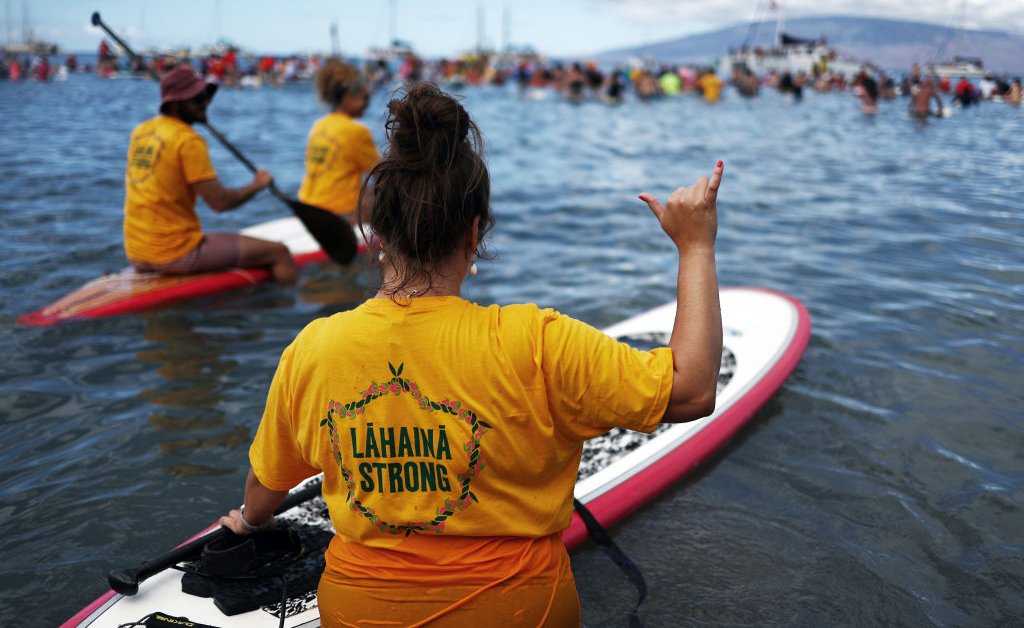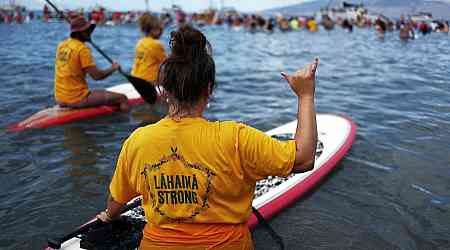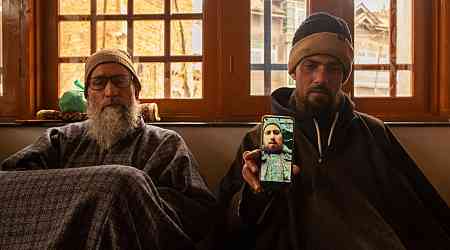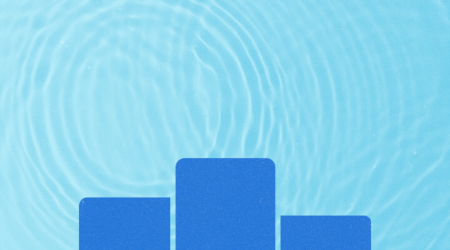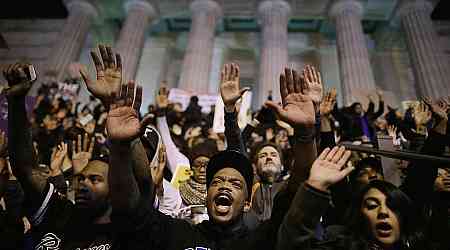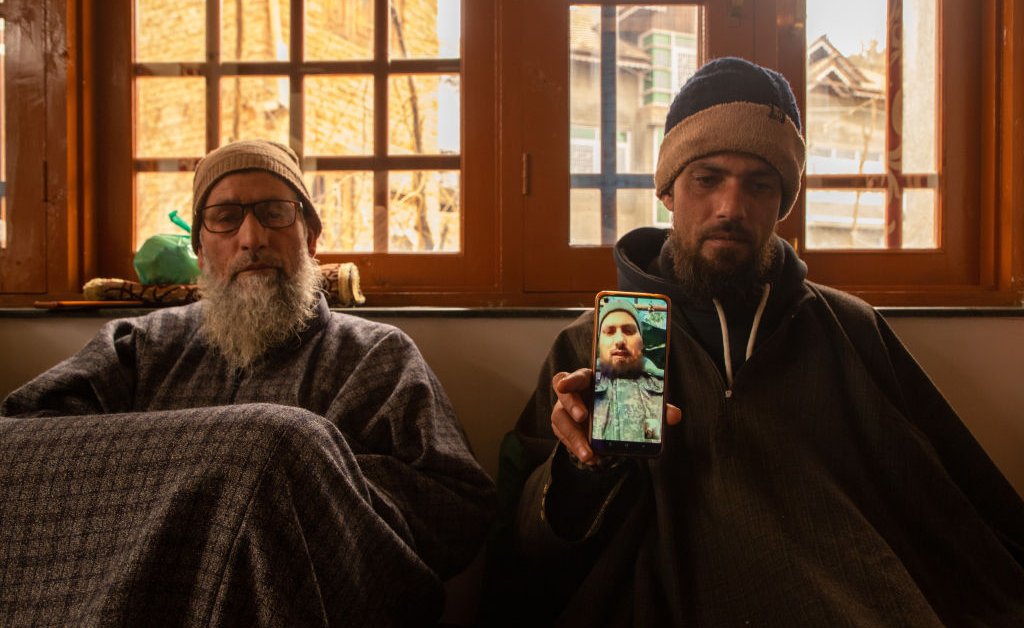
At the elder’s call of “Kani Ka Pū,” the sound of the conch shell echoes across Hanakaʻōʻō Beach Park, summoning hundreds of surfers and outrigger canoe paddlers to the water. They paddle out, their silhouettes stark against the horizon, to honor the 102 lives lost to the Maui wildfires one year ago.
[time-brightcove not-tgx=”true”]Onshore, the community gathers in shared purpose: groups that have emerged from the ashes lead lei-making workshops, screen print “LAHAINA STRONG” onto clothing, and provide free childcare for families still rebuilding their lives. Faith leaders, hotel workers, and small business owners join hands in prayer and song, their voices mingling with the ocean breeze, a testament to the enduring spirit of Lahaina.
A year ago, wildfires devastated my beloved Maui. Today, on the anniversary of those tragic events, I reflect on the remarkable resilience and unity that has blossomed from the charred remains.
Read More: The Climate Crisis and Colonialism Destroyed My Maui Home. Where We Must Go From Here
In those first chaotic days, Maui rallied together, materializing over a dozen hubs of hope across beach parks, parking lots, and abandoned malls. These community resiliency hubs became lifelines, processing millions of food, clothing, and supply donations. World Central Kitchen flanked local culinary heroes like Sheldon Simeon and Mark Noguchi of Maui Chef Hui to provide thousands of hot meals to survivors at these hubs.
These hubs were beacons of hope while corporate landowners scurried for cover and FEMA’s aid trickled in too slowly. But the community knew it needed more durable support.
Indigenous and immigrant elders offered their blessings to a new generation of community leaders—service workers like Paʻele Kiakona, expectant mothers like Jordan Rudias and Courtney Lazo, and immigrants caseworkers like Veronica Mendoza Jachowski—who, despite their grief and losses, were already out tending to their neighbors: from coordinating clothing drives, to serving as pro-bono translators and repairing rooftops. They, and many other young leaders, were thrust into leadership to shepherd our island’s recovery.
They drew upon the enduring legacies of civil rights leaders, plantation labor organizers, the protectors of Mauna Kea, Ka Lāhui Hawaiʻi, and the Protect Kahoʻolawe ʻOhana, embodying their spirit of steadfast hoʻomana (a yearning for community power) and Aloha ʻĀina (a profound patriotism and connection to our land).
Under the banner of “Lahaina Strong,” volunteers carried out extensive needs assessment surveys, coordinated essential services like childcare and mental health support, and established networks of mutual aid. Having gained their communities’ trust and consolidated their influence, they then aimed for the throes of power.
Past disasters demonstrate that true recovery requires sustained effort at all levels—regulatory, legislative, and communal. Although grassroots fundraising for Maui was significant, the staggering $5.5 billion needed for full recovery was met with governmental intervention. Recognizing this disparity, Lahaina mobilized against the colonial institutions that historically controlled our island’s resources.
Their movement, embodied by hundreds in “Lahaina Strong” shirts testifying at public forums, gained unanimous Maui County Council support and directed state legislation.
The months-long occupation at Kaʻanapali Beach became a focal point of their movement, symbolizing their right to the land and their determination to reclaim our community spaces. Here, amidst the throngs of tourists, they set up camp to “fish for housing,” a nod to the cultural renaissance of the 1970’s when Native Hawaiian leaders secured constitutional rights to access public resources for traditional gathering practices.
This served not only as a media flashpoint to draw attention to the thousands of families still unhoused but also as an educational hub. Handcrafted Lahaina Strong ornaments were sold for $100 each, raising tens of thousands of dollars in direct aid over the holidays and increasing awareness among visitors, transforming their understanding of Maui’s plight.
The results have shocked Hawaii’s power structure. The Lahaina community’s efforts have so far yielded over a billion dollars in government aid, as well as rectifying a wrongful dismissal of a Native Hawaiian government worker, and reclaiming tens of thousands of illegal vacation rentals by fire survivors and other local families.
Lahaina has pioneered a new model for disaster recovery that shifts focus from charity to change, setting a precedent as climate disasters become more frequent globally. This model has sparked one of the most impactful responses to disaster seen in modern times by not just aiding, but empowering impacted people to lead their own recovery efforts.
However, their work is far from finished. The utility that sparked the devastating blaze has no mandate to improve its infrastructure, and the invasive grasses that fueled the fires remain. Meanwhile, local streams, once lifeblood for Lahaina, are still controlled by colonial interests, and unchecked pollution continues to exacerbate global climate change.
Read More: Maui Wildfires Had Severe Health and Economic Consequences on Residents, Study Finds
Lahaina still requires federal investments to rebuild more resilient infrastructure and accelerate the transition to clean energy globally. Corporate polluters and land owners must be held accountable for environmental and social damages. More land, both locally and nationwide, should be designated for conservation and entrusted to its indigenous inhabitants. Their stewardship is crucial for fostering resilient communities and reversing biodiversity loss.
But the momentum is on Maui’s side. With a blank slate and newfound power, Lahaina is poised to reinvent itself as a world leader in nature-based, modern solutions—like community solar, regenerative farming, agro-energy, and ecotourism—and a new crop of leaders have emerged to steer us home.
As the ceremony concludes, a single 45-foot outrigger canoe glides back to shore, its paddlers moving in tune with the ocean’s currents. Guided by their ancestors and propelled by the power of Kanaloa, the guardian of the ocean, they embody the strength of generations past and present. Their paddles dip rhythmically into the water—”hut, hut, ho”—in such perfect synchrony that the crowns of their heads remain steady on the horizon.
This unity, a rareness in today’s polarized society, is what sustained the original inhabitants of Malu ʻUlu o Lele, the ancient name of Lahaina Town, for centuries. It is the same unity that will heal this island and nourish its people to flourish anew.


















